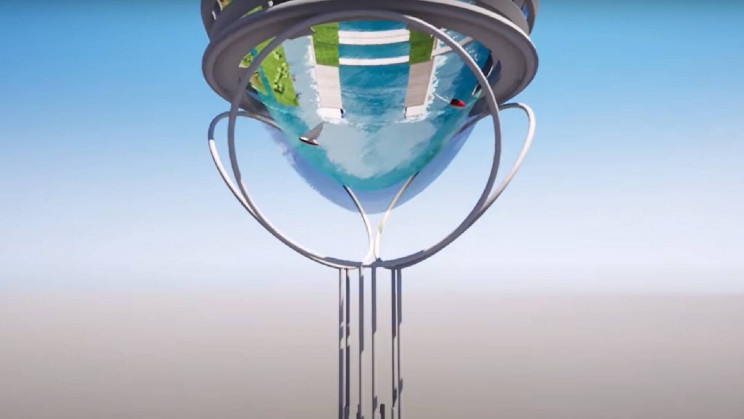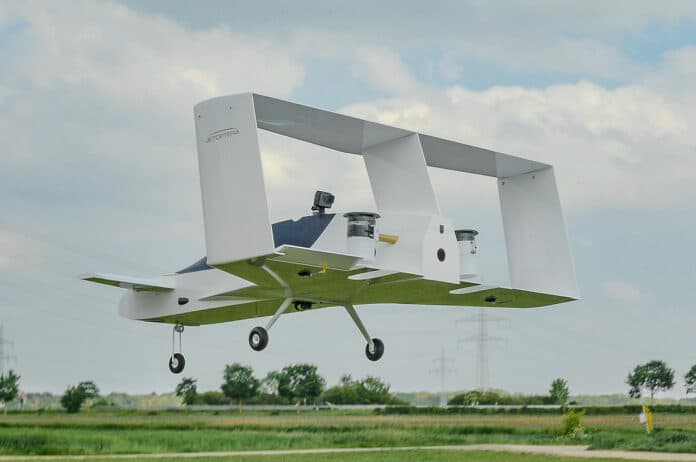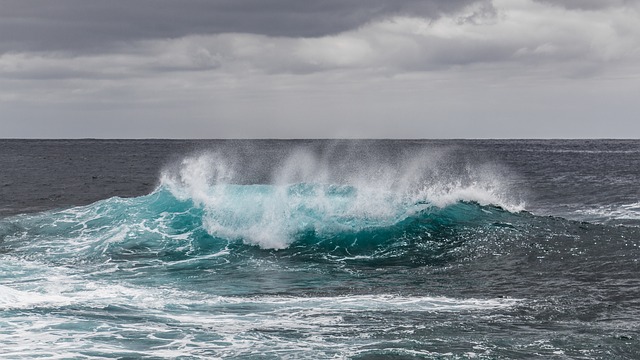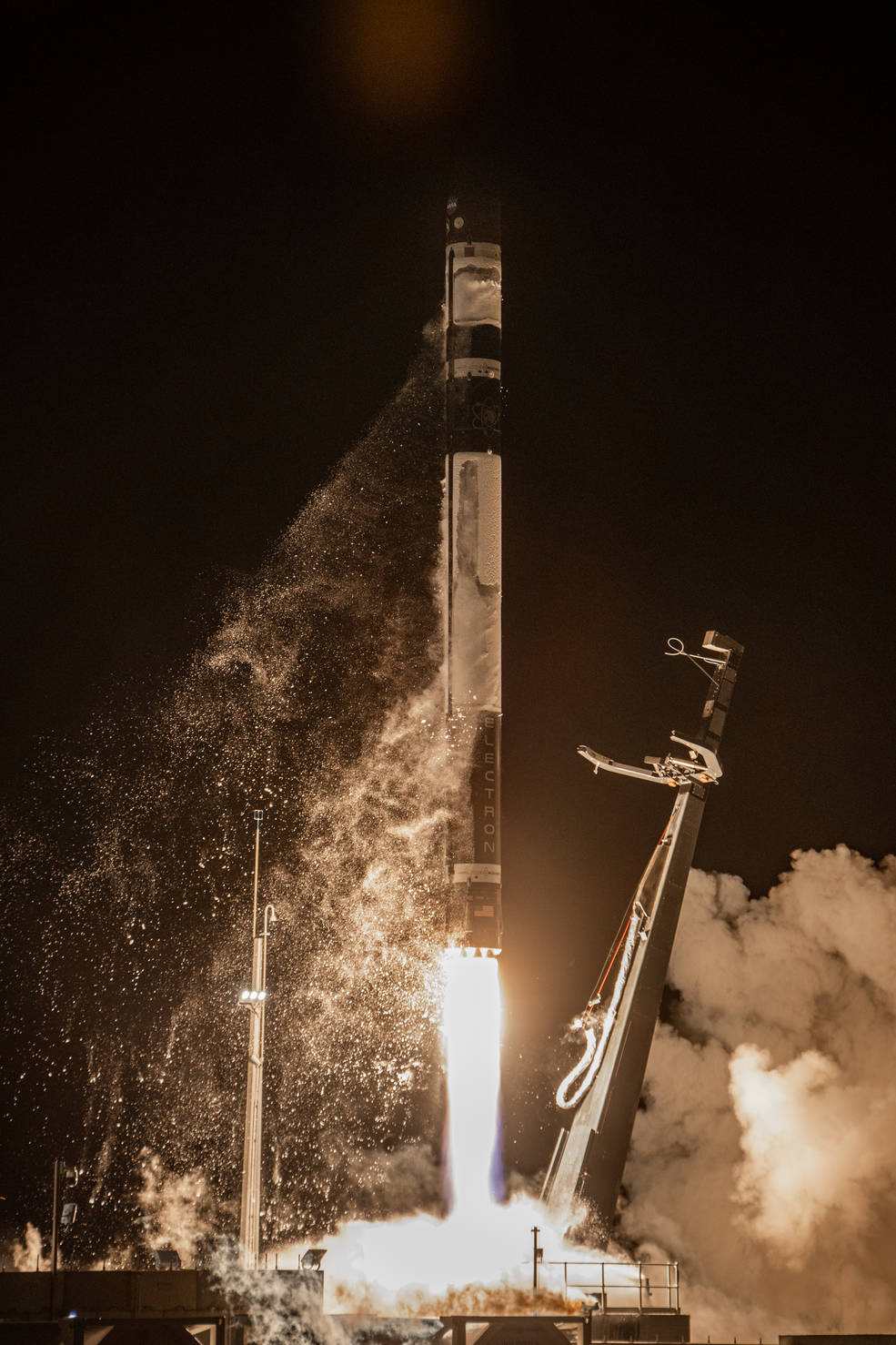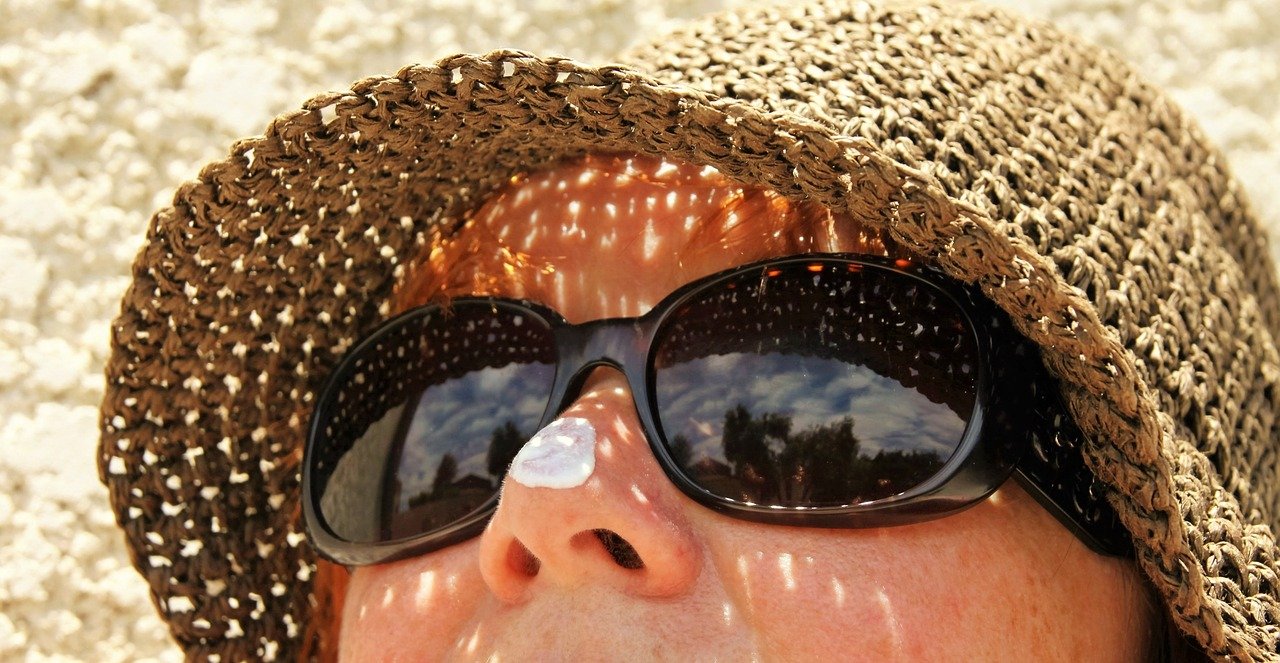Japan’s Kyoto University researchers are developing gravity-defying habitats to be used on the Moon and Mars. The proposal also includes key technologies for their transportation system.
There is no shortage of space habitat ideas. In the last few years, we have seen lots of plans for livable habitats on the moon and Mars. However, none of them has properly tackled the issues of gravity in space.
Researchers are going to build a gigantic 1,300-foot-tall rotating tower. They are going to call it “The Glass”. Japanese researchers foresee that the technology they are developing will be available sometime in the 22nd century.
Viable space habitats
Gravity is an essential element for the well-being of future space inhabitants.
Yosuke Yamashiki, director of the SIC Human Spaceology Center of Kyoto University, said, “There is no plan like this in other countries’ space development plans,” “Our plan represents important technologies crucial to ensuring human beings will be able to move to space in the future.”
The team explained, “Without gravity, mammals might not be able to reproduce and their babies might not develop well,” “When a person grows under a zero or low gravity environment, their body would change so they wouldn’t be able to stand up on earth.”
How do researchers achieve gravity in space?
They are going to develop “artificial gravity living facilities” using the centrifugal force created by rotational motions. These artificial gravity living facilities will create the same level of gravity as on Earth.
Because Gravity on the moon and Mars are one-sixth and one-third of that on Earth, these facilities will prevent the impact on the health of people because of low gravity.
Celestial transportation system
Researchers also have plans to create a transportation system called the “Hexagon Space Track System” It will help in traveling between Earth, the moon, and Mars.

